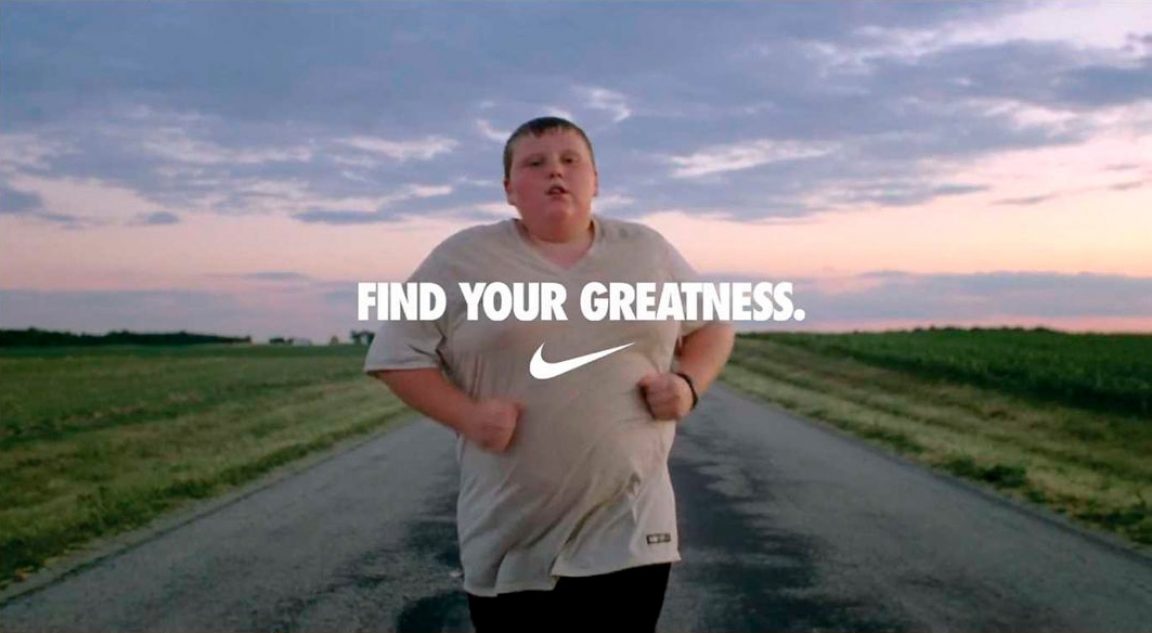Can I have your attention please?
Advertising is a form of communication that’s designed to draw attention to ideas, products or services. Today, consumers are continuously bombarded with information from different brands on a multitude of different platforms. Just think, an ad for Nike comes on during a TV show, so you glance at your phone to check social media and up pops an ad for Adidas. The next morning, you walk to the station and a bus drives past emblazoned with images of Samsung’s latest smartphone. There’s no escaping the never-ending battle of the brands.
As a marketer, how can you make sure your creative cuts through the noise? In this article we focus on step one; the emotive headline.
Why is the headline so important?
At Beyond, we work across a number of different advertising platforms; from outdoor billboards to social channels. Most advertising is directed toward groups, rather than individuals, and the idea is usually to convince people they need something new. The approach can vary from one platform to another, depending on the context, but the purpose of the headline is to engage the reader.
Be direct
Ad copy needs to be compelling and informative, but the headline is what draws you in. It could be something aspirational, perhaps an element of intrigue that piques your curiosity, or even a controversial statement that challenges your beliefs, but the purpose of a headline is to quickly grab the reader’s attention and encourage them to read on. It doesn’t need to do any more than that.
Be emotive
Lead with emotive language first and follow up with the more rational and functional information later. The headline should be concise and punchy, and complement the image where appropriate, but it needs to be emotive.
Stress benefits, not features
One of our clients insisted that the headlines in their product marketing should always relate directly to the product in question. But by stipulating that headlines must be specific to the product, the headline is less likely to do its job. That approach is limiting, and it goes against the fundamental principles of persuasive copywriting. Always focus on how your audience will benefit, specific features can follow after.
Show you understand
There are some tried-and-tested methods in advertising, basic principles and techniques that can help you to harness the power of emotion. Nike is well known for its ‘Just Do It’ campaigns, with a brand strategy follows the classic hero’s journey.
This is a great example from a campaign that doesn’t even mention product. It’s about casting the consumer in the role of the hero. There is no better way to earn trust than by showing the consumer you understand their story; an aspirational vision that inspires customer loyalty.





